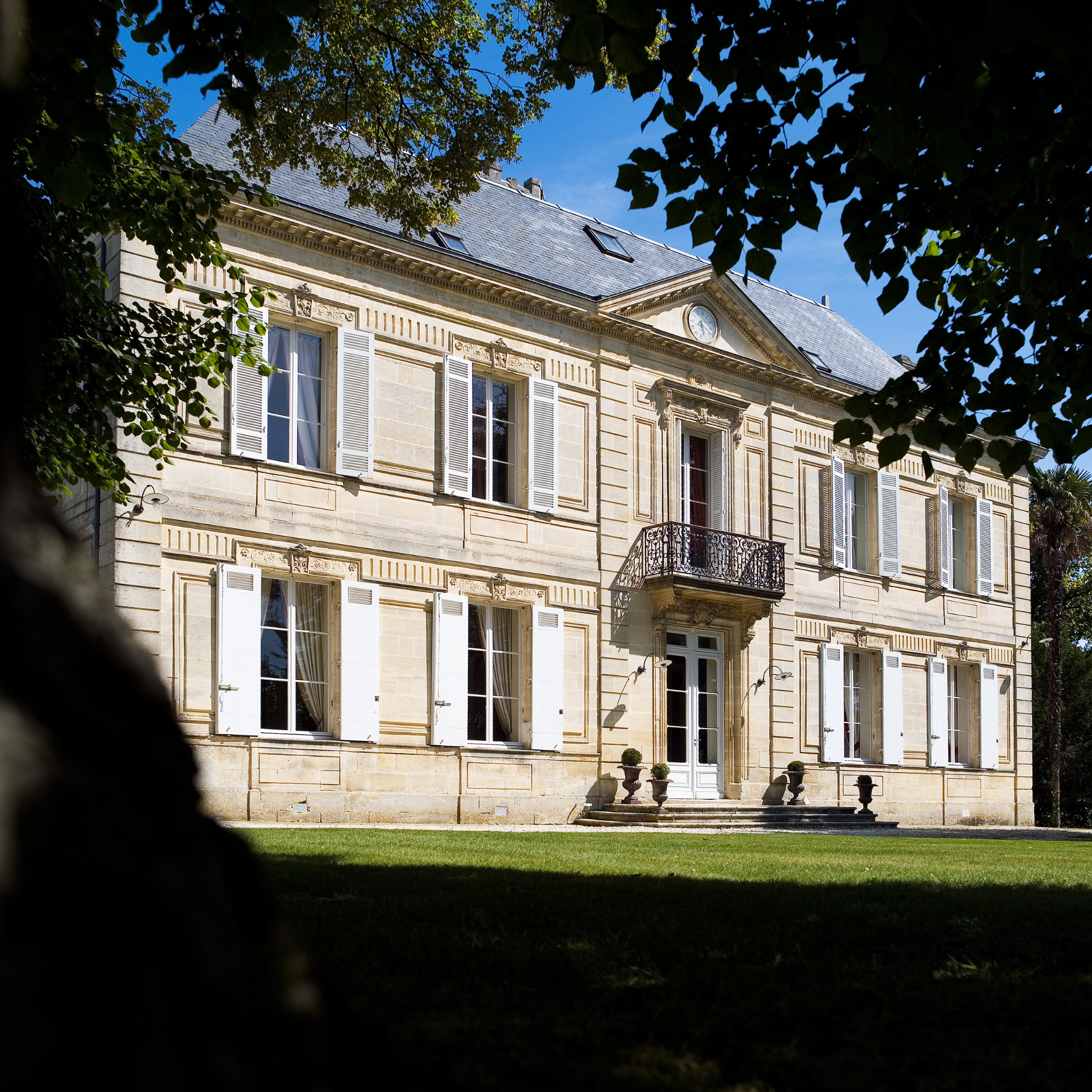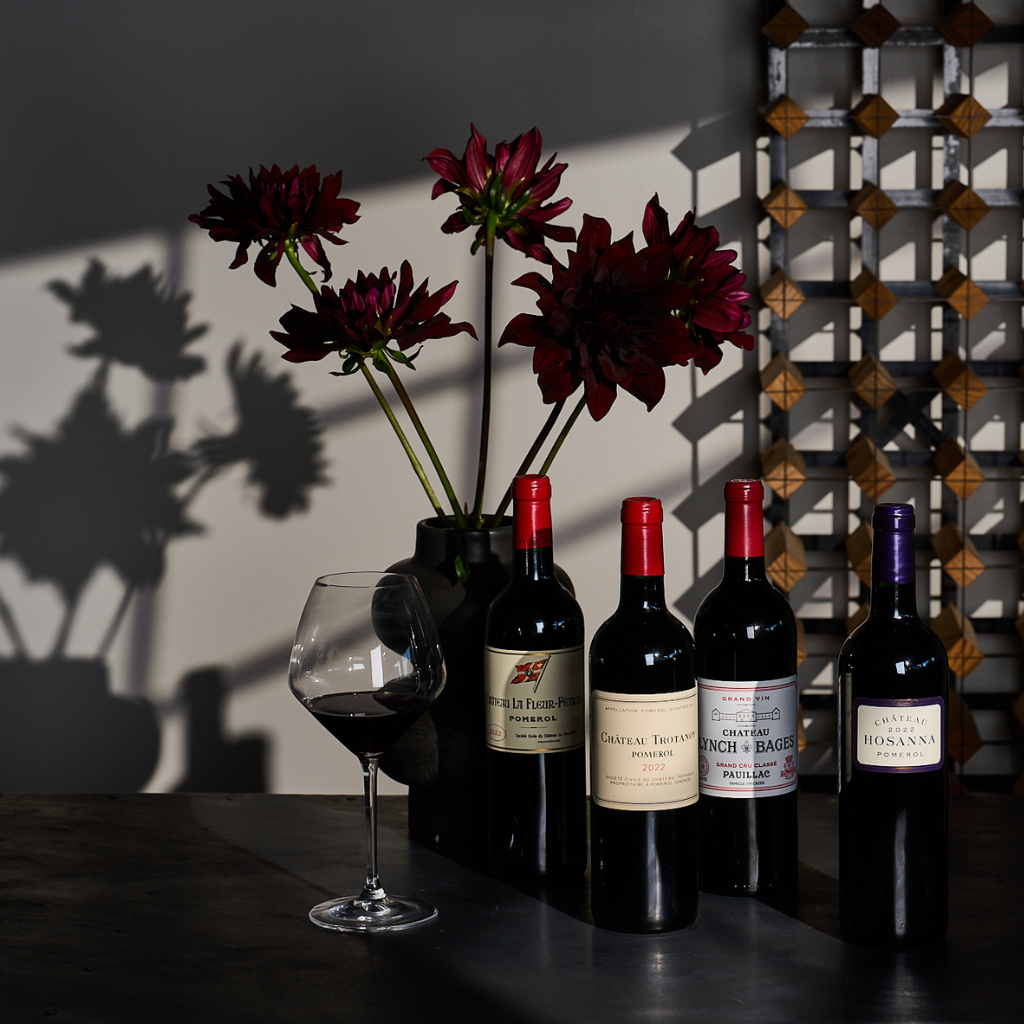
The season began with a mild winter, which encouraged early budburst across many vineyards. But spring proved far more difficult, bringing frequent rain and cool temperatures. These conditions disrupted flowering and significantly raised the risk of mildew, requiring constant attention in the vineyard to safeguard fruit development.
Summer brought relief, with warm and dry conditions helping vines recover and progress towards ripeness. That reprieve was brief, however, as September delivered more rain, complicating harvest logistics. Growers were faced with tough choices around picking dates, with quality depending heavily on timing and precision.
In 2024, the dynamic between site and human input became especially clear. Well-drained soils and active canopy management proved critical in limiting disease pressure and promoting even ripening. In the winery, careful fruit selection and gentle handling allowed winemakers to coax out the best the vintage had to offer.
The resulting wines show a more classic Bordeaux character,
with red wines displaying moderate alcohol, vibrant acidity, and layers of
aromatic nuance. White wines, especially from areas such as Pessac-Léognan, are marked by lifted fruit, clarity, and freshness. For sweet wine producers in Sauternes, alternating periods of moisture and warmth created ideal conditions for noble rot, bringing richness and concentration.
Despite the vintage’s challenges, 2024 has yielded thoughtful, expressive wines that reflect the dedication behind them — and offer plenty to discover in the glass.






